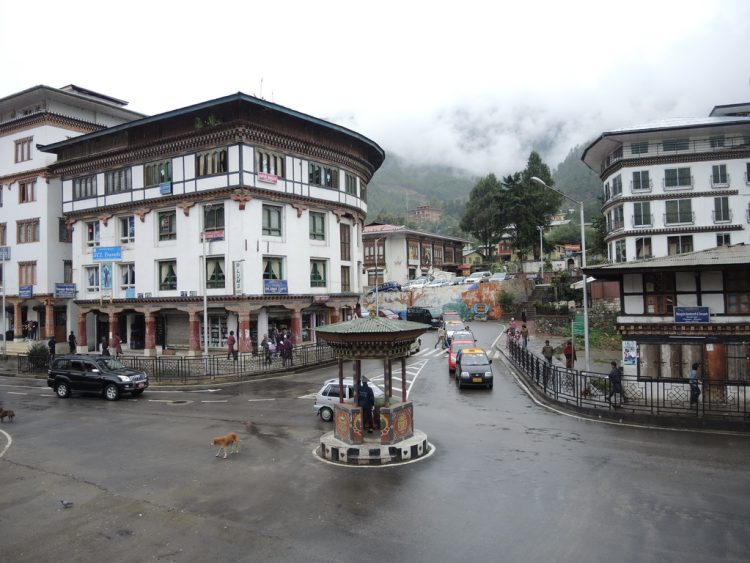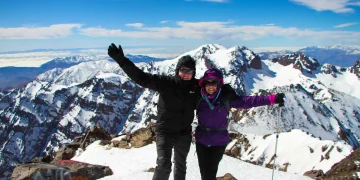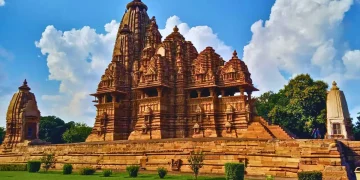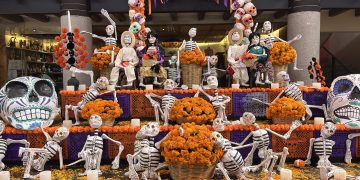Nestled gently within the embrace of the Himalayas, Bhutan moves to a different rhythm, a cadence unique to its topography and traditions. In Thimphu, the capital, the flow of traffic does not depend on the impersonal automation of traffic lights; instead, it relies on the distinctive presence of traffic police officers, who serve as the “signs of passage” at intersections.
Strolling down the main thoroughfares, my eyes are often drawn to the vibrant, locally inspired booths that serve as posts for these officers. These octagonal structures are drenched in bright colors, with pillars, eaves, and interiors adorned with intricate patterns, topped with gleaming gold embellishments that shimmer in the sunlight.
The traffic officers themselves are a captivating sight. Clad in smart uniforms, with white gloves and ceremonial hats, they stand amidst the flow of vehicles, orchestrating the traffic with their hands. Their movements are graceful, almost dance-like—a performance that, as the tourism department explains, may be enhanced by some form of dance training. Under their command, Thimphu’s traffic moves with order and decorum, with drivers patiently waiting their turn, even during peak traffic hours, without the urge to honk.
As a major city in Bhutan, Thimphu experiences a relative surge in traffic, with streets mostly comprising two lanes in each direction. Congestion is common during rush hours. Once, while calling for a ride in the morning, my driver apologized profusely for being late. He explained that the local rush hour typically spans from 8 to 9 a.m., when schools and workplaces begin. After this period, the roads clear up considerably.
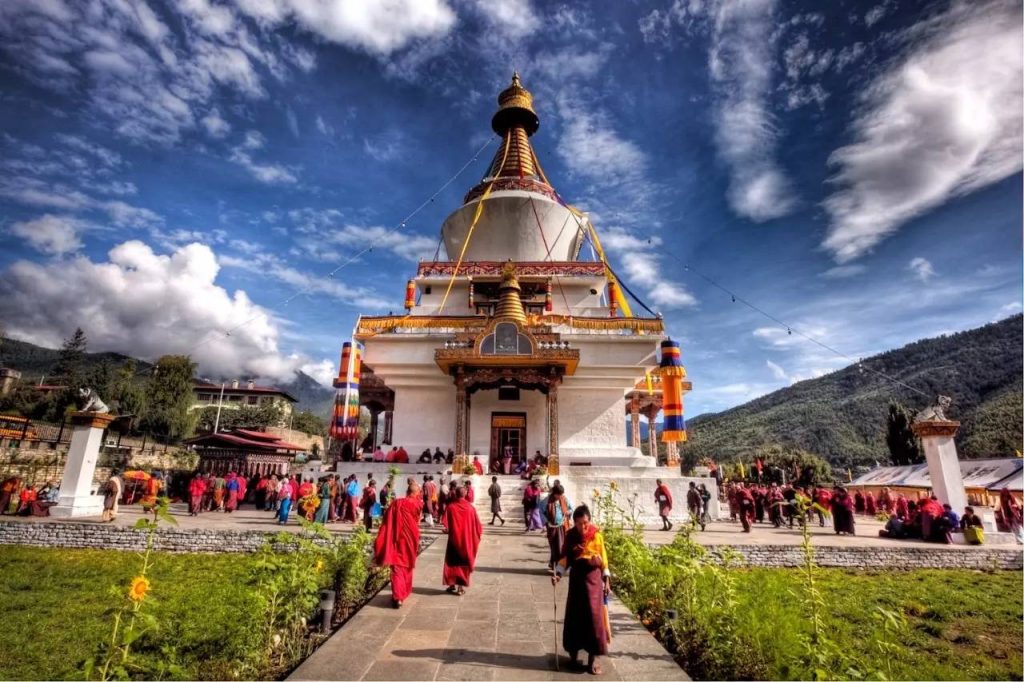
The driver further informed me that outside of morning and evening rush hours, the streets are quite fluid, barring accidents or roadworks.
Unlike traffic lights, humans need rest, and Thimphu’s traffic officers do not operate on shift rotations. At a certain time, they depart from their posts, and no one replaces them. I observed that the local officers usually conclude their duties around 6 p.m., leaving the booths unattended thereafter.
However, this does not lead to chaos. Thimphu has a comprehensive set of traffic regulations that are strictly enforced, and drivers have grown accustomed to following rules without police direction. Thus, even after the officers have retired for the day, the traffic continues to flow with relative order.
During my stay, I was pleasantly surprised by the rarity of traffic accidents. This may be attributed to the Bhutanese way of life, which is deeply influenced by Buddhist philosophy. They approach life with patience and tranquility, maintaining a serene demeanor even during busy traffic periods, and willingly yielding to others.
The presence of these booths not only aids in maintaining traffic order but also reflects the Bhutanese value of traditional human warmth. It is reported that although the government initially considered installing traffic lights, many Bhutanese felt that such impersonal devices lacked a human touch, leading the government to continue relying on traffic officers.
Beyond Thimphu, my explorations extended to other towns in Bhutan, none of which featured traffic lights.
The roads connecting these towns are primarily unpaved, and it is not uncommon for cattle to cross. Drivers instinctively slow down to avoid startling them, reflecting the Bhutanese belief that all animals and plants possess a spirit. I have also encountered children from nearby villages crossing the streets, with drivers stopping voluntarily to let them pass. Many of these children, adorned in traditional attire, added a touch of charm to the journey.


